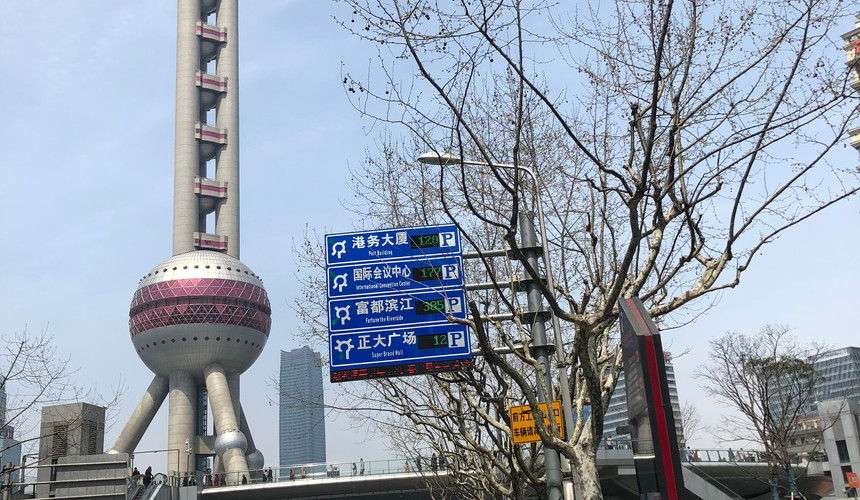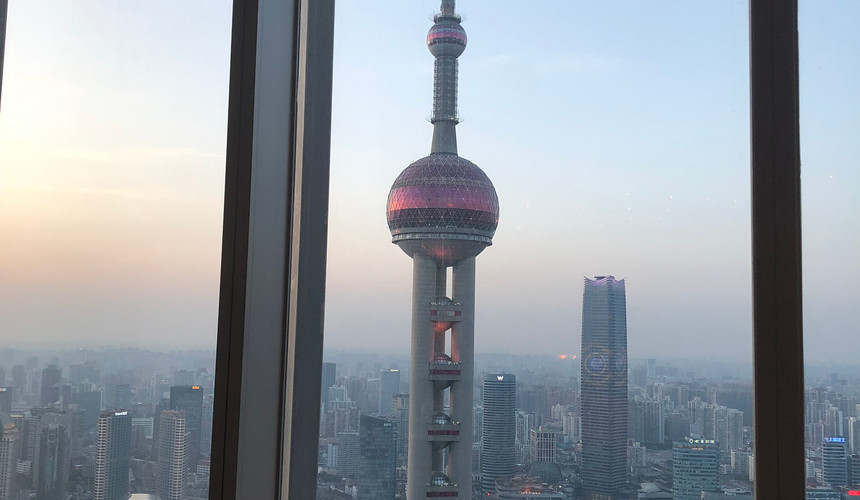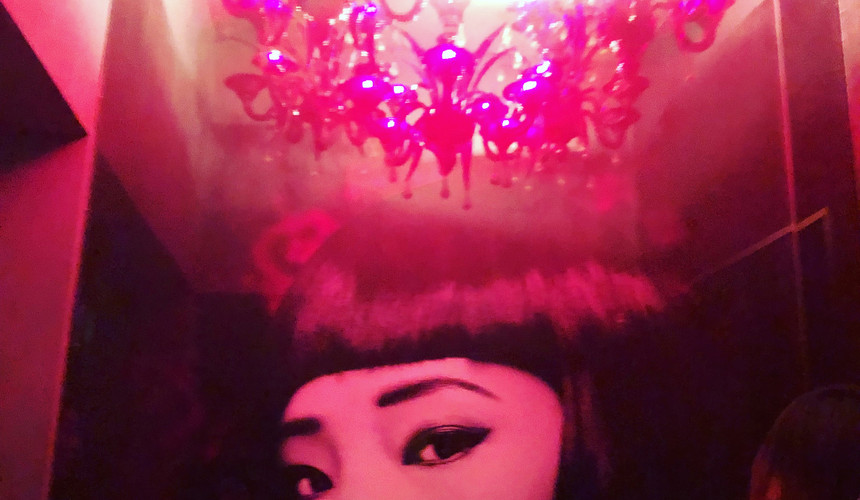Shanghai's Architectural Wonders: From Art Deco to Futuristic Designs
- Laksventures

- Jan 31, 2024
- 3 min read
As I stepped onto the bustling streets of Shanghai, I couldn't help but be mesmerized by its architectural tapestry - a city where time-travel seems tangible. One moment, you're walking beside an elegant Art Deco building, evoking the grandeur of the 1920s, and the next, you're craning your neck up at a skyscraper so futuristic it seems to belong in a sci-fi novel. Did you know Shanghai is home to over 50,000 buildings with historical significance? Yes, you heard it right.

The Art Deco Charm
Shanghai's love affair with Art Deco architecture began in the early 20th century. This style, characterized by geometric shapes, rich colors, and lavish ornamentation, became a symbol of modernity and luxury. The Fairmont Peace Hotel, formerly known as the Cathay Hotel, stands as a testament to this era. It was built by the famous Sir Victor Sassoon, who was a key figure in Shanghai's history. Its jazz bar, still buzzing with melodies and chatter, transports you back to the glamorous 1930s.
Strolling down The Bund, I marveled at the seamless blend of Eastern and Western designs. These buildings were designed by architects from all over the world, making The Bund a global architectural showcase. Buildings like the Bank of China and the Shanghai Pudong Development Bank are not just historical landmarks but narrators of a time when Shanghai was a cosmopolitan hub.

Transition to Modernism
As the 20th century progressed, Shanghai's architectural narrative embarked on a journey of transformation. The city, with its eyes set on modernism, still preserved its profound historical roots. This blend of old and new is exemplified in the design of the Shanghai Expo Museum.
Celebrated as a landmark of contemporary architecture, the museum's design is a tribute to the city's role as the host of the 2010 World Expo. Its innovative structure and futuristic facade echo the themes of connectivity and sustainability that the Expo championed. The museum not only showcases the legacy of the Expo but also stands as a beacon of Shanghai's commitment to harmonizing cutting-edge design with its storied past, embodying the city's continual evolution.

The Dawn of the Futuristic Skyline
But it's the turn of the millennium that has truly redefined Shanghai's skyline. The Lujiazui financial district, on the east bank of the Huangpu River, feels like stepping into the future. The Oriental Pearl Tower, with its unique spheres and slender structure, was once the tallest structure in China and is now an iconic symbol of the city.
The Shanghai Tower, twisting elegantly towards the heavens, is a marvel of contemporary engineering and sustainable design. It's the second tallest building in the world and features the world's highest observation deck. It's not just its height that impresses but its spiraling form, symbolizing the dynamic emergence of modern Shanghai.

A Blend of Old and New
What strikes me most about Shanghai's architecture is not just the individual beauty of each style but how they coexist harmoniously. In the Xintiandi area, traditional Shikumen houses, which blend the styles of East and West, are unique to Shanghai and tell the story of its urban development. They sit alongside chic boutiques and cafes, creating a vibrant, eclectic atmosphere.

A City That Tells Stories Through Its Buildings
Every corner of Shanghai tells a story, not just of architectural trends but of cultural shifts, economic booms, and artistic movements. The old French Concession area is a living memory of the city's colonial past, with its preservation being a focal point for historical enthusiasts. As you wander from here to the gleaming towers of Pudong, you're not just exploring a city; you're experiencing a living, breathing museum of architectural evolution.

An Endless Discovery
Shanghai is a city that never ceases to amaze. Its architectural wonders are a testament to its resilience, its ability to evolve, and its enduring beauty. Whether you're an architecture enthusiast, a history buff, or simply a curious traveler, Shanghai's buildings offer a window into its soul.
As I left the city, I realized that Shanghai is not just about the juxtaposition of old and new. It's about the stories etched in its stones and the dreams soaring in its skies. In Shanghai, architecture is not just about buildings; it's about the narrative of a city ever-evolving, ever-enchanted.


































Comments